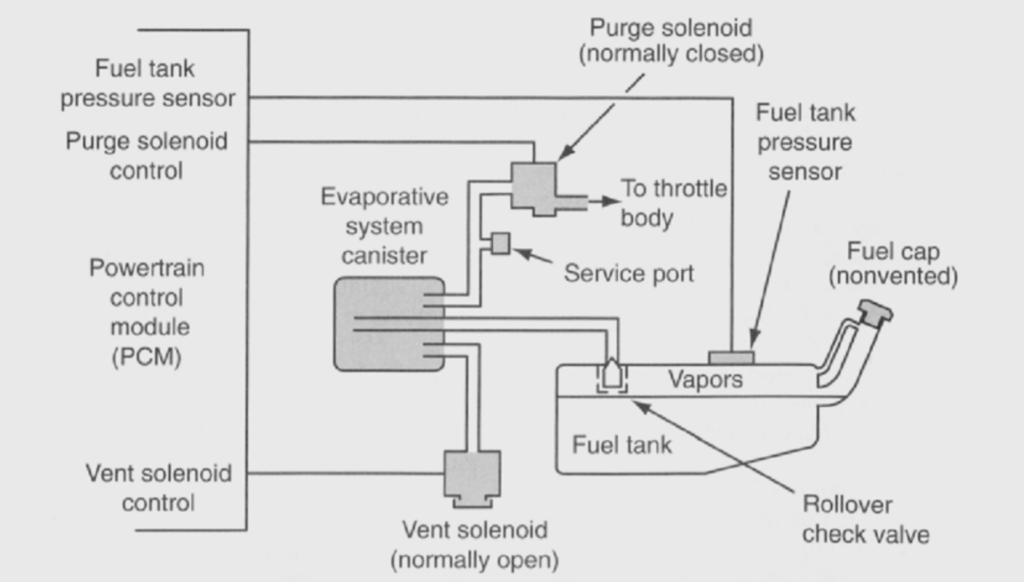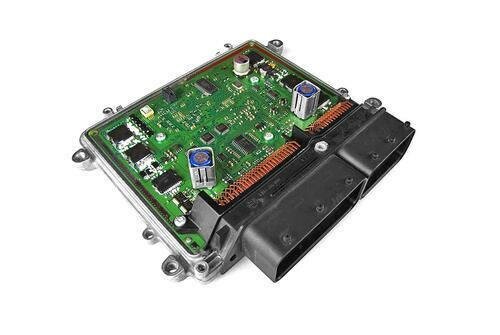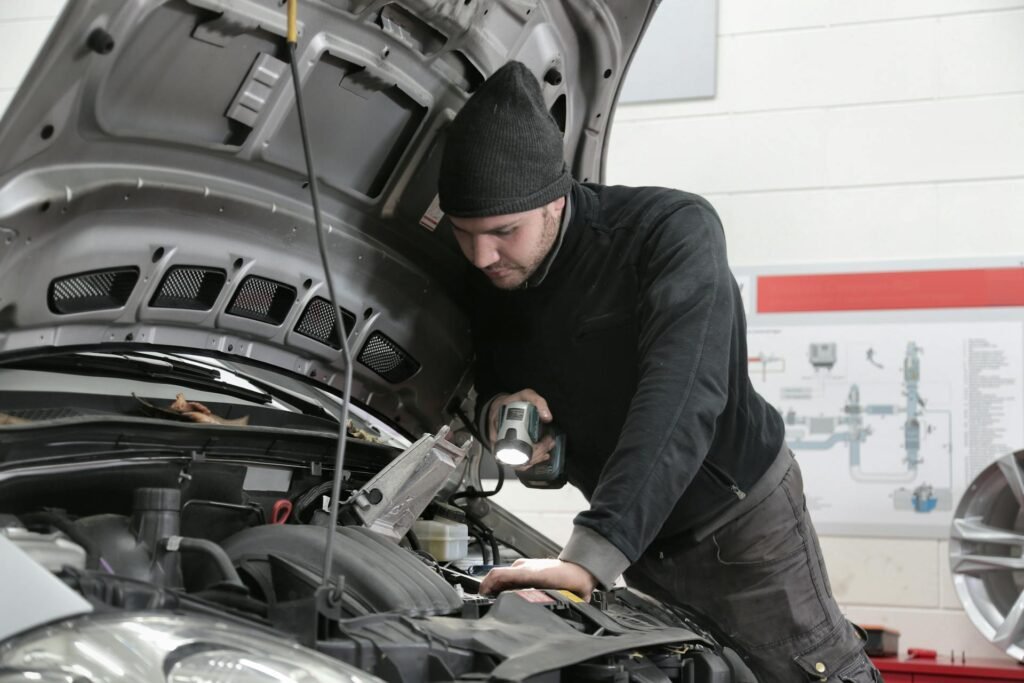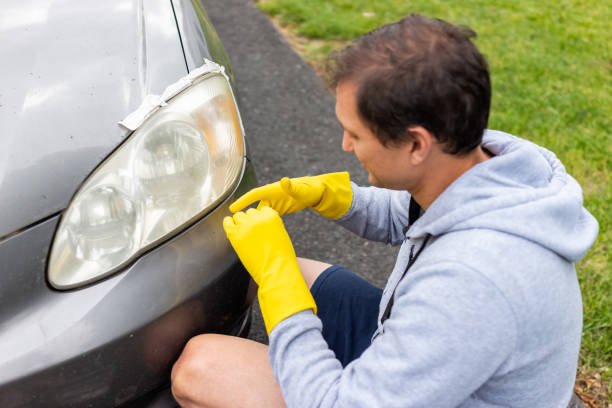How Overfilling Gas Tanks Damages Cars and Wastes Money
Filling up the tank is rather simple, isn’t it?
When it clicks, simply pull in, begin pumping, and stop. However, for some of us, that initial click feels more like a recommendation than a guideline.
In the hopes of getting a few more miles, we keep cramming in more fuel. The truth? Going past that first click can lead to some expensive damage.
Let’s talk about why stopping early isn’t just good advice—it’s your car’s way of keeping you out of trouble (and saving you a stack of cash).
Risk Factor
When you fill up your car, do you stop at the first click of the pump, or do you go beyond—four, five, six clicks?
Or do you go as far as wanting to see the fuel near the top of the filler neck? Well, if that’s the case, then you’re running the risk of a bill that could be hundreds of bucks, possibly even thousands.
Putting as much fuel into your car as possible is known as “topping off,” and if you have a diesel vehicle, there’s not too much to be concerned about.
But if you have a petrol vehicle, you risk damaging your operative emission control system, also known as the EVAP system.

Petrol is volatile; it evaporates into the atmosphere.
So, if you didn’t have an EVAP system on your car and you filled it up with petrol, even though the car would be switched off and not running, it would still be producing emissions because the petrol would be evaporating into the atmosphere.
If you park in a garage, the garage will smell of petrol, and if your garage is attached to your house, then your house may also smell like petrol.
You may even like the smell of petrol, but what isn’t up for debate is that petrol fumes are bad for your health. They can cause drowsiness, dizziness, and headaches; if you breathe in enough, they can affect your muscles, your heart, or even put you in a coma.
EVAP System
I have the fuel filler flap and access to my fuel filler neck, so it’s fairly simple: just put the pump in and squeeze.
That’s all there is to filling up with petrol, right? Just a tank, a little neck to fill it up with? Not quite.

There’s a lot more involved: pipes, valves, sensors, and even a filter to ensure that petrol can be filled and stored safely.
Behind the wheel is a plastic shield, and behind that shield is a plastic box filled with little activated carbon pellets—loads of them.
A pipe comes from the fuel tank to one end of that box, and what happens is the petrol fumes travel through the box and through those activated carbon pellets, which absorb the fumes.
There’s another tube at the other end of the box that then makes its way to the engine.
How it works is that the activated carbon filter behind the rear wheel stores petrol fumes when the engine is switched off.
When you switch the engine on, the engine’s electronic control unit—which is basically the engine’s brain—decides when it can burn those fumes.
When the “brain” is happy that it can burn the fumes, it opens a purge valve that then sucks the fumes out of the pellets and into the engine to be burned, meaning the pellets are now free to accept more petrol fumes, and the whole process starts again.
You shouldn’t need to replace the active carbon filter on a car; they usually last the life of the car unless you damage them.
Cause of Damage
How can you damage them?
Well, by putting too much petrol in your car. What can happen is that petrol can be forced through the input pipe of the active carbon filter, and actual liquid petrol can come into contact with those carbon pellets.
When that happens, those pellets are toast—they’re done. You’ll need to replace the active carbon filter.
When liquid petrol contacts them, they fizz, start to stick together, and no longer work as intended.
You could probably use them for a BBQ if you wanted, but they won’t be storing petrol fumes any longer.
Symptoms
Your car’s ECU (electronic control unit) is designed and programmed to figure out if there is a problem with your EVAP system, and if it does, it’s going to put a light on your dashboard.

But you may figure it out first. Some symptoms to watch for include your car stinking of petrol, the pump clicking off repeatedly when you try to fill up, or fuel splashing out on your leg.
If petrol reaches the purge valve, it can also make your engine run poorly.
There is a check valve in the petrol tank to try and prevent liquid petrol from reaching the active carbon filter—no liquid petrol should be in that filter, only fumes.
But I wouldn’t rely on that check valve; it’s just not worth the risk of adding a little more fuel to go a bit further when you could be damaging essential components.
If you did have a problem and went to a garage, they might not diagnose the issue correctly on the first try, and you could end up spending money on things that don’t need replacing before they actually figure out the problem.
Some cars are picky when it comes to filling up with petrol, where you have to twist the nozzle a certain way or can’t squeeze the pump fully without it clicking off.
That’s fairly typical, but if you’re repositioning the nozzle and squeezing gently yet still having issues, it’s a signal there may be a problem.
Test
When I want to do fuel economy tests, I like to fill the tank to the top of the neck so I can see where the fuel level is. Then I drive, and afterward, I can fill it back up to the exact same point and get an accurate measurement of how much fuel I’ve used.
You could just stop at the first click of the pump, but the difference between clicks can be significant—sometimes half a liter, maybe even a whole liter. It depends on how fast the fuel is flowing, which can vary based on how many people are using the pumps at the station and just how the fuel splashes as it goes in.
So, the first click of the pump could vary by half a liter from another time you fill up.
To get an accurate measure of fuel economy, it’s better to fill up to the first click, use three or four tanks, and keep track of your receipts to note how many liters you put in and the miles you’ve driven.
After the third or fourth tank, do the first click again, and the half-liter difference from the first fill-up to the last will be minimal.
If you’re using 100 liters over multiple tanks, that difference is half a percent, not 10%, as it would be if you were only using 5 liters over a short journey.
Actually, I shouldn’t have said “short journey” because in a modern car, 5 liters is typically going to get you 40 to 50 miles.
That’s not a significant journey, but it’s not a short one either, which is why it’s so hard to get an accurate fuel economy reading on short trips unless you’re willing to risk damaging your EVAP system.
So, next time you’re at the pump and tempted to get in those “extra” clicks, maybe hold back.
Overfilling doesn’t add much but could cost a lot if it damages parts in your car. The first click is there to save you time, money, and even the hassle of mystery car smells.
Fill up smart, save the cash for the open road, and let your car do its job without a fume overload!


